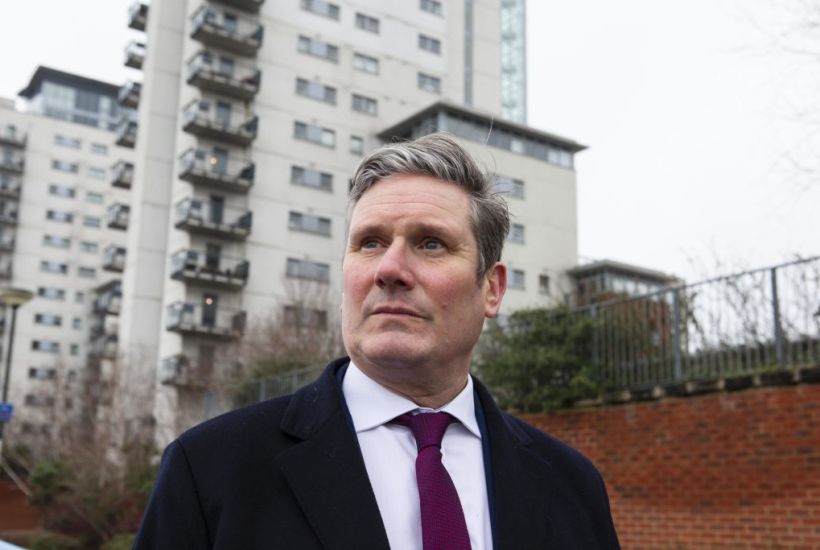Could a promise of more housebuilding win an election, or does the Nimby vote still rule the shires? Labour, it seems, has decided the former. The Times reports this morning that it has settled on a strategy of unashamedly promising more house-building, including on the green belt, after research by an outside organisation revealed that people on the party’s list of most winnable seats are strongly in favour of greater housebuilding.
Already a subscriber? Log in
Subscribe for just $2 a week
Try a month of The Spectator Australia absolutely free and without commitment. Not only that but – if you choose to continue – you’ll pay just $2 a week for your first year.
- Unlimited access to spectator.com.au and app
- The weekly edition on the Spectator Australia app
- Spectator podcasts and newsletters
- Full access to spectator.co.uk
Or




















Comments
Don't miss out
Join the conversation with other Spectator Australia readers. Subscribe to leave a comment.
SUBSCRIBEAlready a subscriber? Log in